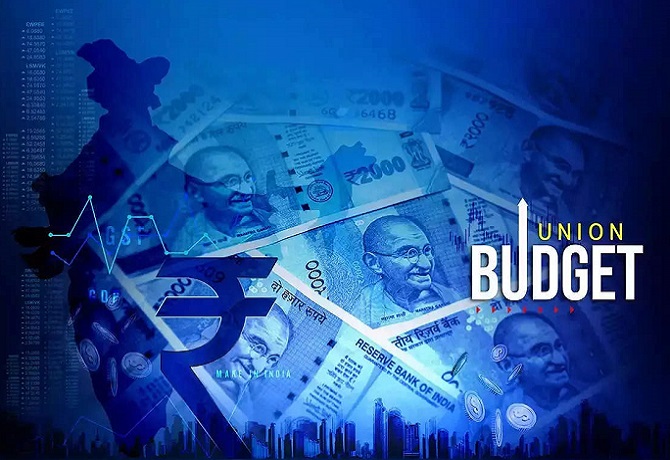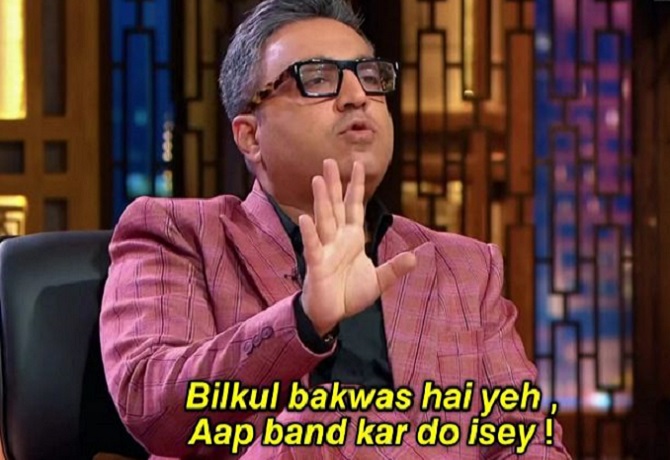The Union Budget 2022 estimates the effective capital expenditure of the Central government at ₹10.68 lakh crore in 2022-23, making up about 4.1 per cent of the GDP. The gross GST collections for the month of January 2022 are ₹1,40,986 crore- the highest since the inception of the tax in 2017- the Finance Minister said. The government’s endeavors to build a post-Covid economy, based mainly on the fact that a wide variety of factors such as consumer behavior, technological developments, geo-politics, supply-chains, climate change are reflected in the Union Budget 2022. Last year, the government decided to set up an asset reconstruction company that will take over the bad loans of banks, giving them the flexibility to finance the economic recovery. Has the Indian government provided a buffer against stresses such as the uncertainty in the global environment, the cycle of liquidity withdrawal by major central banks, etc. in the Union Budget 2022?
Here are some highlights from the Union Budget 2022-23-
- Union Finance Minister Nirmala Sitharaman proposed to tax “any income from transfer of any virtual digital asset” at a rate of 30 per cent and impose a 1 per cent tax deduction at source (TDS) of transactions above a monetary threshold. While the upside can be seen solely from a revenue mobilisation perspective, the step is critical as it is the first legit recognition by the Government of increasingly popular financial instruments, such as cryptocurrencies, and applications, such as non-fungible tokens.
- The finance minister said that “Kisan drones” to assess crops, digitise land records, and “chemical-free farming” would be promoted in the country. The focus will be on farming land within 5-km-wide corridors along with the River Ganga in the first stage, Nirmala Sitharaman said. The government would facilitate a fund with blended capital raised under the co-investment model through India’s National Bank for Agriculture and Rural Development, or NABARD.
- The Finance Minister also announced the expansion of SWAYAM PRABHA TV under the PM e-vidya scheme from 12 channels to 200 to make available in all regional languages. New skills development courses will also be introduced in the state ITIs to empower the youth of the country. The Finance Minister stressed to revise the syllabi of agricultural universities to meet the needs of natural, budget-free and organic farming, modern agriculture.
- The Government announced the extension of guarantee cover by another ₹50,000 crore taking the total cover under the scheme to ₹5 lakh crore, with the additional amount being earmarked exclusively for the hospitality and related enterprises. Further, the Centre said Credit Guarantee Trust for Micro and Small Enterprises scheme will be revamped with required infusion of funds. This will facilitate additional credit of ₹2 lakh crore for Micro and Small Enterprises and expand employment opportunities. To help the MSME sector become more resilient, competitive and efficient, the Centre will roll out Raising and Accelerating MSME Performance (RAMP) programme with outlay of ₹6,000 crore over 5 years.
- The budget has proposed to set up thematic funds emulating the Fund of Funds (FoF) set up under the Small Industries Development Bank of India (Sidbi) and the National Investment and Infrastructure Fund (NIIF) to invest in the agri-tech, climate action, and pharma.
- A substantial reduction in subsidies – primarily for fertiliser, food and petroleum – has been announced in the Union Budget presented by Finance Minister Nirmala Sitharaman for the financial year 2022-23 . The cut is deeper for food subsidies as the allocated amount got chopped off nearly 28 per cent. As per revised estimates for 2021-22 (FY22), the figure stood at ₹ 2.9 lakh crore. The figure has now been reduced to ₹ 2.1 lakh crore, a 27.59 per cent drop, Budget estimates for FY23 showed.
- The central government increased the Defence budget to ₹5.25 lakh crore for 2022-23 from last year’s allocation of ₹4.78 lakh crore with a major push on procurement of weapons and military platforms from domestic manufacturers.
- Nirmala Sitharaman also announced this program in the backdrop of recent activities of lingering border standoff in the Eastern Ladakh area and further security establishment concerning setting up of villages by China close to the Line of Actual Control (LAC).
- Tax returns can now be revised for omission and mistakes including declared income not reported. The changes can be made through a one-time window till two years from the end of the assessment year on payment of tax. Surcharge on transfer of any long-term capital gains has been capped at 15 per cent. Minimum Alternate Tax rate for cooperatives at 18.5 per cent has been reduced to bring it with parity of the rate for corporates. Also, the surcharge for cooperatives has been reduced to 7 per cent from 12 per cent for total income ranging between ₹1-10 crore.
- The central government proposed to introduce a battery swapping policy to encourage buyers to opt for electric vehicles. Specifics of the policy or when it would be introduced were not disclosed, but Finance Minister Nirmala Sitharaman stated that the private sector will be encouraged to develop sustainable and innovative business models for ‘Battery or Energy as a Service’. The battery swapping policy will likely be aimed at two- and three-wheeler manufactures given that their battery sizes are more amenable and easy for quick swapping. Interoperability standards will help address range anxiety issues and battery swapping stations will be an asset to the evolving electric vehicle ecosystem across the country.



